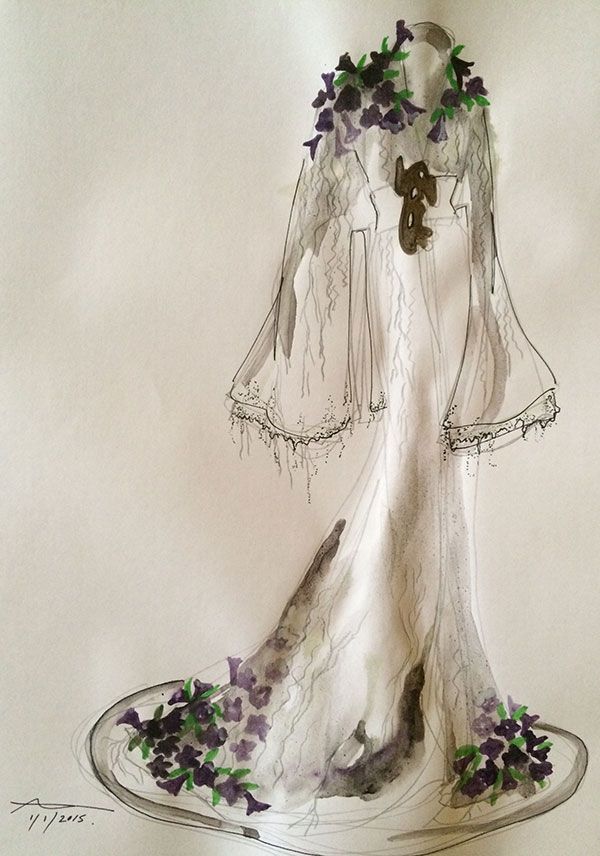Would You Like to Grow Color-Changing Flowers?
A Colorado company is working to genetically engineer petunias that change colors throughout the day
/https://tf-cmsv2-smithsonianmag-media.s3.amazonaws.com/filer/be/a7/bea7e779-2dbb-407c-8b19-cd15de767595/petunias.jpg)
In 1887, a 21-year-old Rudyard Kipling wrote a poem called "Blue Roses." The four stanzas describe a woman, presumably a past love of the poet's, who demanded blue roses, as opposed to the conventional red or white. Kipling says:
"Half the world I wandered through,
Seeking where such flowers grew.
Half the world unto my quest
Answered me with laugh and jest."
But the plant biotechnology community today isn't laughing. While blue roses do not occur naturally, the Japanese company, Suntory, and its Australian subsidiary, Florigene, released a genetically modified blue rose six years ago. The researchers inserted a gene from a pansy that is responsible for producing a blue pigment called Delphinidin into a white Old Garden 'Cardinal de Richelieu' rose.

Nikolai Braun and Keira Havens, the two entrepreneurial scientists behind the Fort Collins, Colorado-based company Revolution Bioengineering, are now in pursuit of a new flower—one that changes color, from pink to blue and back again. While it does not exist yet, they are calling the bloom "Petunia Circadia," because they intend to link the expression of pigment molecules called anthocyanins to the plant's circadian rhythm. This way, the flower will change color every 12 hours.
So far, the duo has successfully engineered a petunia that changes color on demand. Instead of transforming on its own, this early version is activated by ethanol. "The petunia typically produces white blooms, but if you water it with the ethanol solution, the existing flowers will go from white to red and new flowers will bloom a purplish red," says Braun, who received his doctorate in plant biophysics at University of California, Davis in 2007. (Watch the video, above.)
The color change happens over the course of 24 hours. "The flowers are typically all white because the enzymatic pathway to produce anthocyanins is broken at an early step," explains Braun. By tinkering with the plant's genetic makeup, he has wired it to repair this pathway in the presence of ethanol. "When elements in the cell come in contact with ethanol, they will cause the missing enzyme in the anthocyanin pathway to be produced, and the flower will turn that purple color," he adds. Sprinkle the flowers with water, and they will become white again.
The flowers are meant to be a cool, harmless addition to your garden, but environmental groups and others could have their concerns about releasing such synthetic organisms into the wild, as was seen when a San Francisco team raised funds to grow glow-in-the-dark plants on Kickstarter in 2013. This previous foray into synthetic biology ignited a debate about how to regulate the spread of genetically engineered plants, when the researchers promised to distribute seeds to thousands of the project's backers. Ultimately, Kickstarter amended its rules, allowing genetic projects, but not the gifting of genetically modified organisms that come from them to donors.
Braun and Havens have their own message in mind. "For almost everyone outside of the farming world, it will be the first time they will have interacted with a genetically modified organism, and by engineering traits for consumers—flower colors, shapes, smells—we hope to normalize that technology to eventually fully realize the promise of plant biotech to provide food, fuels, and fibers in a sustainable way," says Braun. The two imagine that in the future they might be able to create flowers of different colors on a single plant, flowers with polka dots and novel scents.
“It can be hard to connect to the reality of people struggling in far-away places,” plant geneticist Pam Ronald told UC Davis Today. “So when you tell people that genetic engineering can be used to fight hunger by increasing vitamin content and reducing crop loss to insects, sometimes it just doesn’t register. Maybe seeing this technology at work in your own backyard can make the science more accessible.”

As a way to introduce their color-changing flowers to the world, Revolution Bioengineering is teaming up with Helen Storey, a fashion professor at the University College of the Arts, London, to create "A Living Dress," incorporating their petunias, to be on display in London in the summer of 2016.
/https://tf-cmsv2-smithsonianmag-media.s3.amazonaws.com/accounts/headshot/megan.png)
/https://tf-cmsv2-smithsonianmag-media.s3.amazonaws.com/accounts/headshot/megan.png)